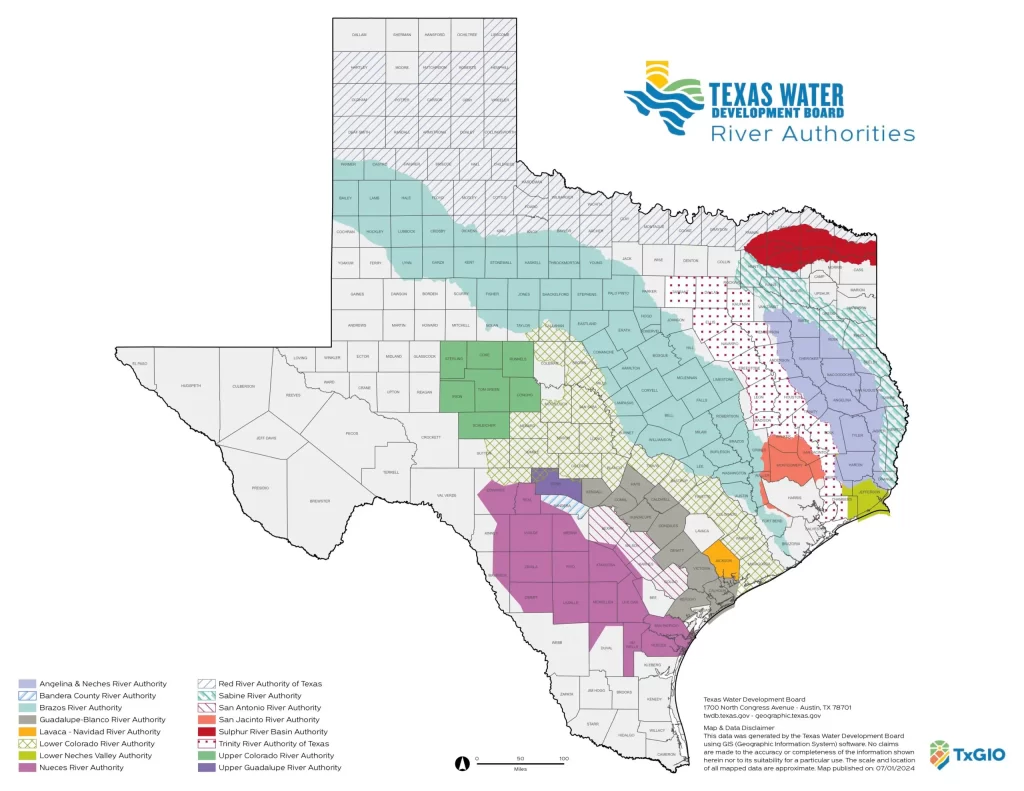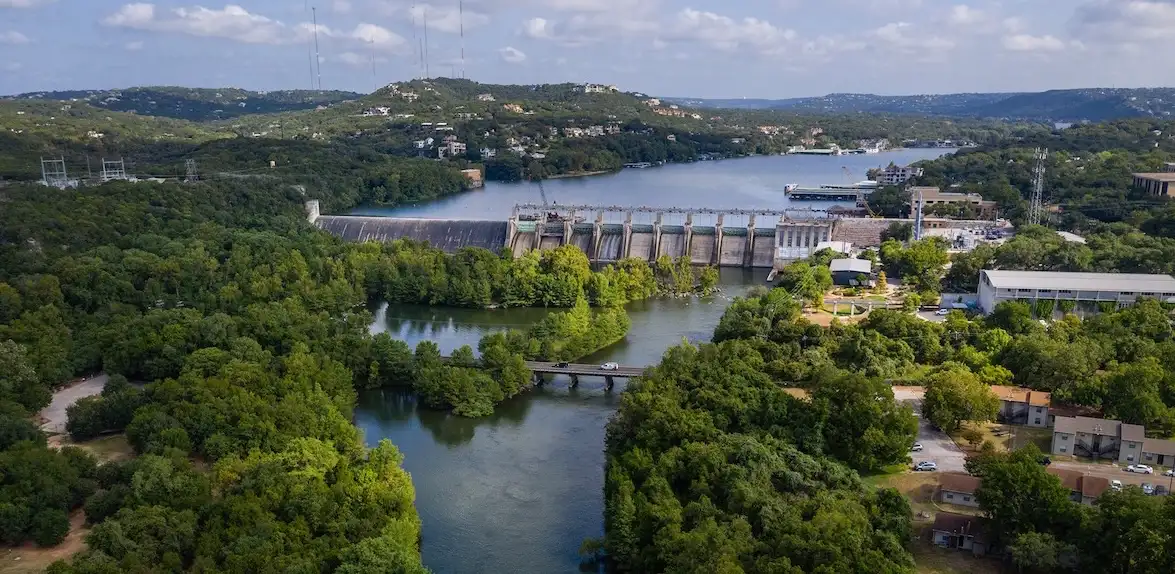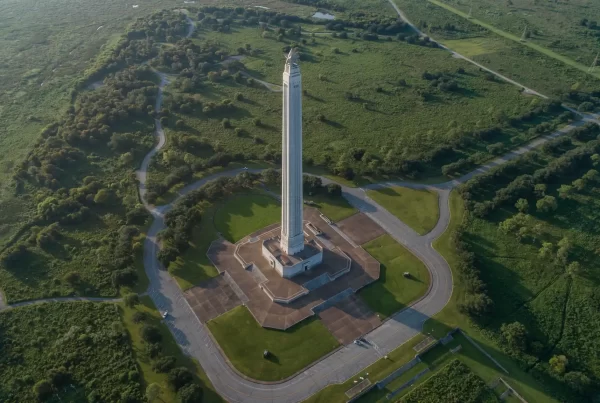River authorities in Texas are political subdivisions of the state government that have the power to conserve, control, and distribute the waters of a designated geographic region.
Texas has more than 20 river authorities, many of which were established during a period of dam-building in the 1930s. River authorities operate a variety of infrastructure, including electricity-producing dams, reservoirs, electric transmission lines, and public parks.
River authorities’ jurisdictions range from one to 19 counties, but the majority cover an entire river basin or large portions of it.
Map of Texas River Authorities

Functions of River Authorities
River authorities in Texas perform a wide range of functions depending on their region and mission. These include:
- Water Supply: Ensuring a reliable and sustainable water supply for residential, industrial, agricultural, and municipal users.
- Flood Control: Managing dams, reservoirs, and flood mitigation infrastructure to prevent and manage flood risks in their designated regions.
- Hydroelectric Power Generation: Operating dams and reservoirs to produce electricity, contributing to the state’s energy supply.
- Water Quality Management: Monitoring and maintaining water quality standards to ensure the health of ecosystems and safe water for consumption.
- Wastewater Treatment: Providing wastewater collection, treatment, and disposal services to municipalities and industries.
- Water Conservation: Promoting and implementing measures to conserve water resources, especially during droughts.
- Environmental Protection: Preserving natural habitats, wildlife, and ecosystems along riverways and reservoirs under their management.
- Groundwater Management: In some areas, managing the use and conservation of groundwater resources alongside surface water.
- Recreation and Parks: Developing and maintaining public parks, boat ramps, and recreational facilities around reservoirs and riverways.
- Floodplain Management: Regulating land development in floodplains and working to minimize flood damage through careful planning and infrastructure development.
This list highlights the key functions of Texas river authorities and reflects their diverse roles in water management, environmental protection, and regional development.
List of Texas River Authorities
The river authorities of Texas include the following:
- Angelina & Neches River Authority
- Bandera County River Authority and Groundwater District
- Brazos River Authority
- Central Colorado River Authority
- Guadalupe-Blanco River Authority
- Lavaca-Navidad River Authority
- Lower Colorado River Authority
- Lower Neches Valley Authority
- Nueces River Authority
- Palo Duro River Authority
- Red River Authority
- Sabine River Authority
- San Antonio River Authority
- San Jacinto River Authority
- Sulphur River Basin Authority
- Trinity River Authority
- Upper Colorado River Authority
- Upper Guadalupe River Authority
Funding of River Authorities
River authorities generally receive no state appropriation and generate their own revenue. Sources of funding include user fees charged for selling water, electricity, wastewater treatment, and other services. Customers of river authorities include cities, industry, agricultural users, and individual customers.
Governing Statutes
Each river authority is governed by its own law, usually a chapter of the Special District Local Laws Code, that grants it broad authority to engage in a variety of functions. However, the actual functions each river authority performs vary widely depending on its location, water needs, roles of other water entities, and its unique history and interests.



